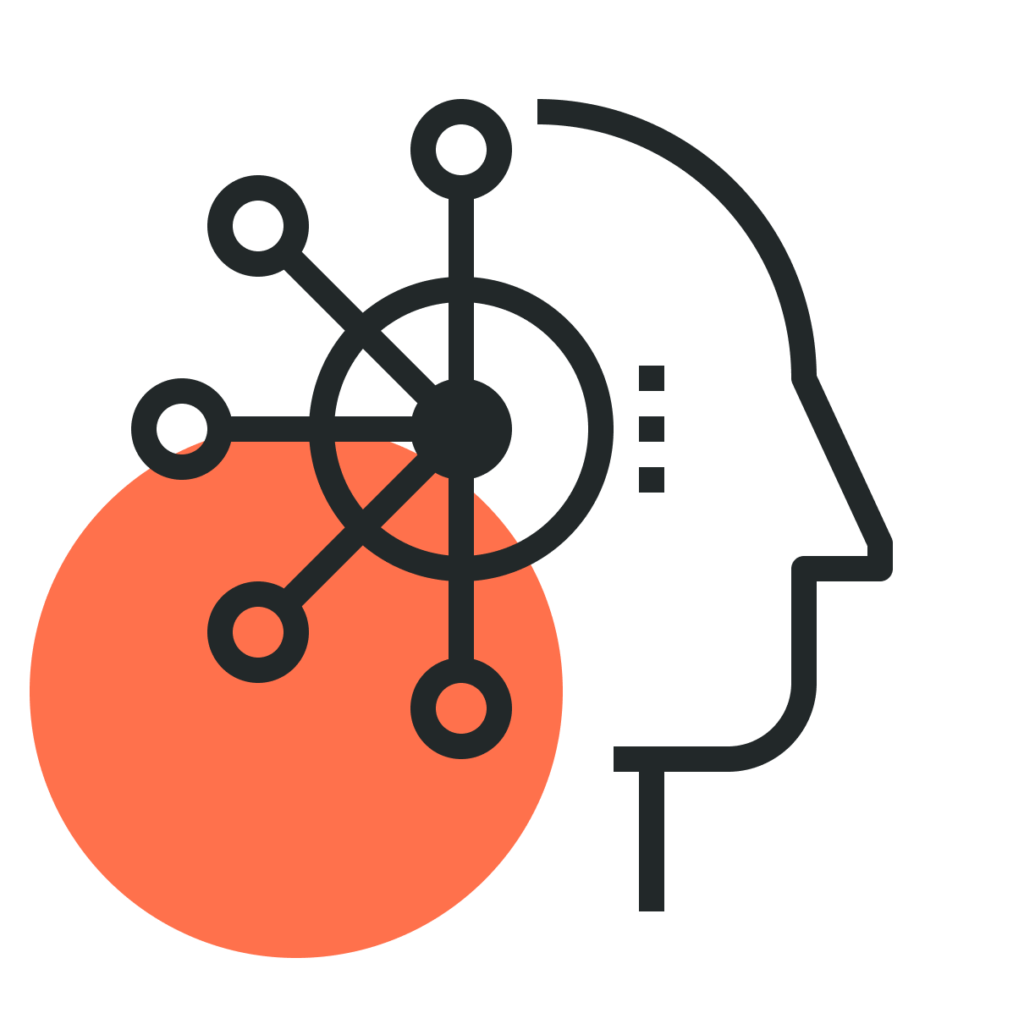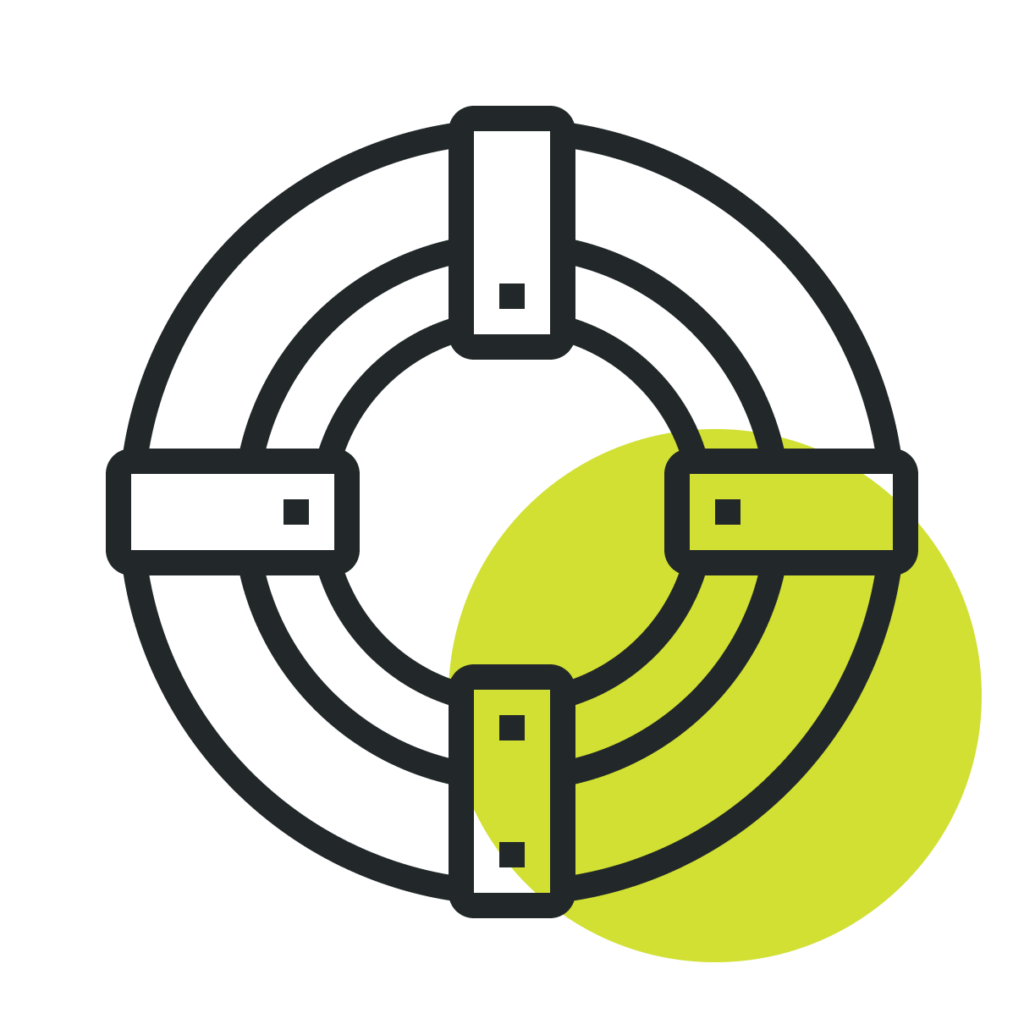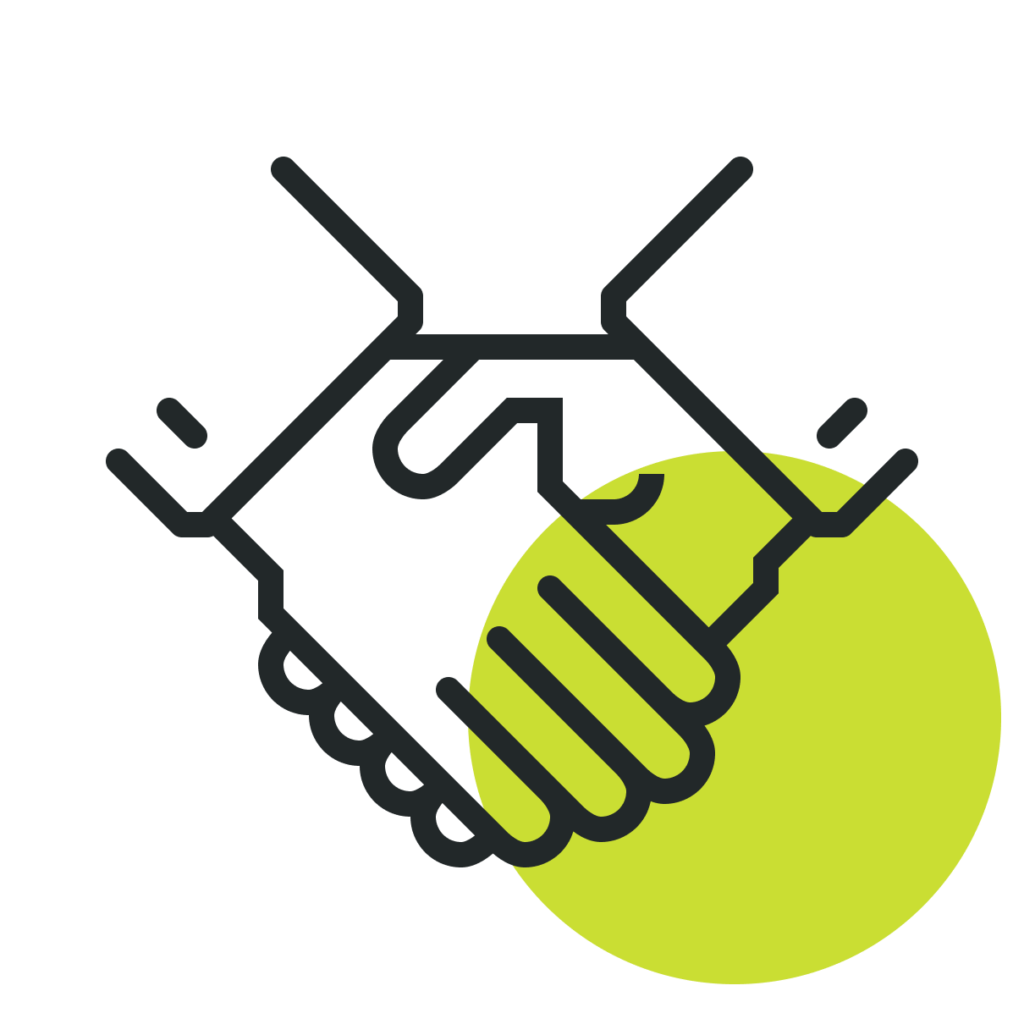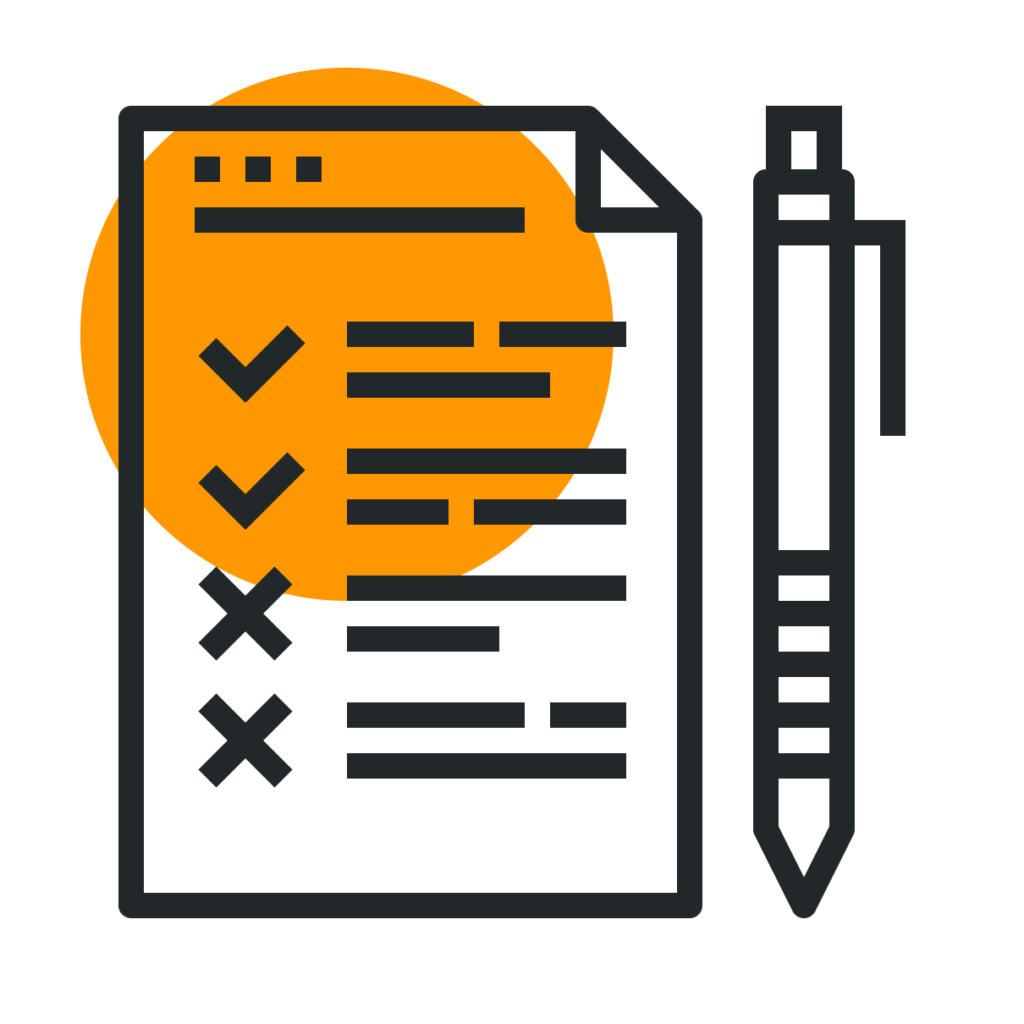The study of implicit association bias started to take off in the late 1900s. Before that, scientists had looked at attitudes and stereotypes, but they hadn’t really dug into the unconscious part of our thinking.
In 1998, a group of researchers came up with a new way to measure these hidden biases. They created something called the Implicit Association Test (IAT). This test asks people to quickly sort words or pictures into categories. By looking at how fast people respond, the test can show connections in our minds that we might not even know we have.
The IAT became a big deal in studying biases about things like race, gender, and age. It showed that even people who say they don’t have biases might still have them without consciously realizing it.
As more scientists started using the IAT, they found that these hidden biases could affect lots of areas in life. For example, they discovered that seeing more women leaders could help reduce gender stereotypes, at least for a little while.
The idea of implicit association has made a big impact. Schools started thinking about how teacher expectations might affect student performance. Hospitals looked at whether hidden biases might lead to some patients getting better care than others. Companies started changing how they hire people to try to be more fair.
On software teams, implicit association can cause problems without anyone noticing.
For example, we might automatically trust feedback from younger users more than older users. This could happen because we unconsciously think younger people know more about technology. As a result, the app might end up being hard for older people to use.
A team leader might always pick ideas from the same few people during brainstorming sessions. They might do this because these people remind them of successful innovators they’ve seen before. This could mean that great ideas from other team members get ignored.
Engineers might get the most interesting coding tasks because they look or act like the stereotypical image of a “good” developer. This could stop other team members from getting chances to grow their skills and show what they can do.
These biases can also affect how different teams work together. Designers might automatically think engineers aren’t creative, while engineers might think designers don’t understand technical stuff. This can make it hard for teams to work well together and come up with the best solutions.
It’s worth noting that implicit association is not exactly the same as implicit stereotypes. Implicit associations are quick mental connections between any two ideas, while implicit stereotypes are a specific type of association that links groups of people with certain traits.
While all implicit stereotypes are implicit associations, not all implicit associations are stereotypes. In the workplace, both can affect team dynamics, but being aware of this distinction can help teams address these biases more effectively and create a fairer work environment.



